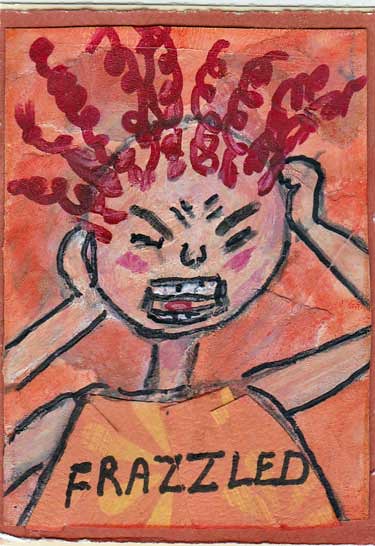Heya Huns,
MMO games can be a platform for users to make friends and socialise whilst playing the game. Users can create groups of players from all around the world to then play the game. Cook explains that there is a lot of social psychology research that goes into designing these sorts of games.
I personally do not like to play multiplayer games, especially ones that involve player vs player combat as I feel like it takes away from the progression of a user if they are not up to the same standards of combat as others. Games like Fortnite seem unfair as there are players that live and breathe the game and then kill everyone else who may not be as experienced, this for me is off-putting as I like to approach things at my own pace.
Cook also explains the importance of proximity, similarity, reciprocity and disclosure when attempting to make friends through these games. Without these named factors a friendship would be unlikely as the users would seem to have nothing in common.
Dunbar's Layers is the way a person bases their relationships with others, going from close friends to friends that the individual may not see that often. During the 1980s, Robin Dunbar put forward the idea that an individual can have up to 150 separate relationships, the categories being casual, good, best and intimate friends.
Cook then explains the meaning of primary and secondary groups. Primary groups being with individuals that you share a strong bond or a shared sense of purpose with, like family or close friends. Secondary groups are more task-focused like perhaps a team that you work with in order to create a project or presentation. The members of which can come and go without any remorse for the loss of friendship. He further explains group dynamics in the terms of leadership and hierarchy, this can be shown with titles, karma points and a visual flare.
Cook says in the initial design of an MMO, building a large world straight away is not the right way to approach it. He says to visualise your big world, then add the elements that you want to fill it with and then to create the systems that will support your world.
I don't think that this weeks reading really apply to the game I plan to design but I do understand the importance of what Cook is talking about in relation to MMO gaming and i found it very interesting looking at a bit of the psychology behind it.
Thanks for reading :) xxxxxxx




